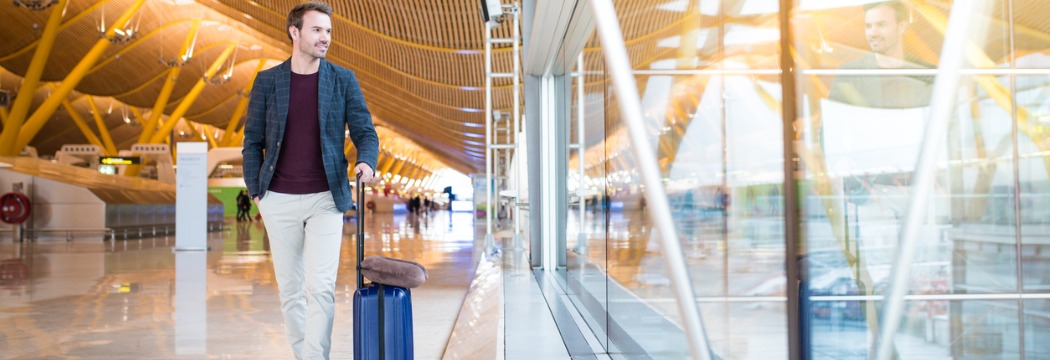Like every other law firm and every office-based organisation in the Sydney CBD, when COVID-19 hit our firm was uprooted and forced to adopt a totally new operational paradigm. Until COVID we had never contemplated the concept of running a law firm remotely with all staff working from their homes. COVID has challenged the bricks and mortar model that has characterised the traditional, white-collar law firm since time immemorial. In many ways, we are witnessing a revolution in the delivery of professional services, and some of these changes will be for the better, both from the perspective of our clients and our staff.
Everybody will have a different story about what happened to their business and their people during the pandemic. For all of us, how we work post-COVID will be impacted by the experience and the insights we have acquired. Long-held beliefs about what is necessary to run a successful professional services firm have been challenged. Things that we once considered as being of paramount importance, such as location, professional attire and fixed working hours have been shown to be of far less significance. How we merge the lessons of the past with the lessons forced upon us by the pandemic is going to be extremely important in the future direction that professional services firms, such as Silberstein & Associates (S&A), adopt in their practice management moving forward.
S&A is a boutique law firm specialising in intellectual property, litigation, and commercial law. Up until the pandemic, we operated from a prestigious Circular Quay office, enjoying Sydney Harbour views, a stunning boardroom and a purpose-built open-planned office, focused on promoting collaborative working between staff and clients. When our staff were asked to pick up their laptops, grab their keyboard and screens and head home, the entire culture of the firm was interrupted. How do you maintain a collaborative culture, when human contact is the very thing that is being forced to stop?
Almost immediately professional services firms were forced to rethink their connectivity. This included not only with their clients, but also internally with their own staff.
Digital platforms such as Microsoft Teams and Zoom became a lifeline between homes. But they also had their limitations.
The one thing we hadn’t updated was our phone system. When we left the office to work from home, we also left behind our ‘hard’ phones on our desks. In an instant, these phones had become redundant and our team were left to rely on their personal mobiles. We had no way of monitoring or tracking calls, and it wasn’t fair on our team that they had to use their personal devices for work. We found that Teams was fine for voice calls just within our own organisation, but with the licences we had, we couldn’t use it for any external calls.
The pandemic has changed the way professional services teams can recruit and service their clients. With the mainstream adoption of cloud-based technologies and collaborative work tools, there is less of a focus on the physical proximity of staff. For S&A, which services international clients, and has relationships with patent and law firms around the globe, we saw this as an opportunity to expand our team into Asia.
S&A began a collaboration with a communication consultancy based in Melbourne, East West Comms, who reviewed our operations and aspirations, and recommended a cloud-based RingCentral platform, a cost-effective telecommunications solution.
As a result, we’ve given our staff back their privacy, and our overseas-based lawyer now has an Australian extension and can be in regular voice contact with colleagues and clients. It’s also opened our eyes to how easy it will be to extend our business internationally when we are ready to do so. We can share our screens and our documents, and set up secure multi-party voice and video meetings with our clients, with a really positive and intuitive user experience for everyone. We can display more faces on screen and use breakout rooms during our meetings. We can record conversations and meetings, our phone system is integrated with Microsoft Outlook, and we have control and transparency on all our calls.
COVID-19 has really forced change. It has turned our whole business upside down in terms of the health, well-being and culture that we have been developing with our team in the office. That is suddenly all broken, so we have had to really work hard to all stay connected and collaborating. With RingCentral and East West Comms, we have worked together to make this happen. Our team is happy working from home, which is great, because it’s far better that we can keep them as safe, healthy, happy and connected as we possibly can.
Our prestigious office address used to be the face of our business, but that’s all been stripped away so that our clients now see us for who we actually are: the quality and reputation of our people, and the quality of the work we do.
For the legal industry as a whole, I really hope we will see more permanent changes too. We’ve been able to easily work remotely using video for mediation and court proceedings. We need to maximise this adoption in the use of digital technologies for sharing documentation. The time, cost and efficiency improvements are significant, and we can pass these benefits directly on to our clients in the form of reductions in costs and in the time taken to resolve matters.
We are still a very traditional, paper-based profession, so I really hope that our collective experience during COVID-19 has opened our eyes to better ways of working in the future.
Originally published 16 Nov, 2020, updated 13 Jan, 2023





